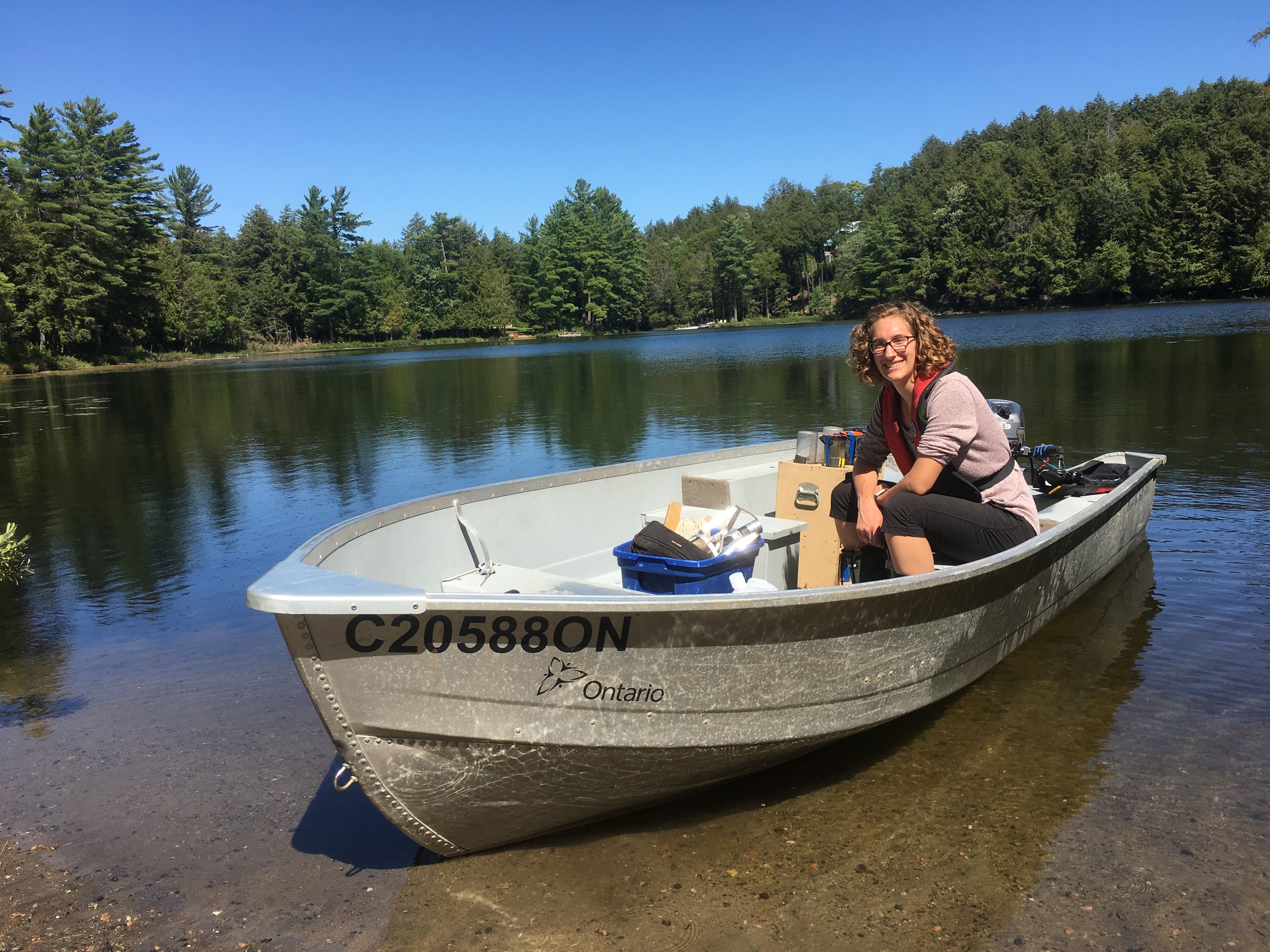National Recognition for Microplastics Research Co-Led by Alumna, Trent Professor
Brittany Welsh ’16 (Gzowski College) and Dr. Julian Aherne are part of an international network that has demonstrated microplastics are proliferating in lakes, streams, and rivers
July 19, 2023

Brittany Welsh ‘16 (Gzowski College) and Trent professor Dr. Julian Aherne are part of a team of researchers getting national recognition for their research showing that plastic pollution in some lakes and reservoirs is more concentrated than in some oceanic regions.
Brittany, an alumna who is now an Environmental & Life Sciences Ph.D. student; and Professor Aherne, with the School of the Environment, are among 79 researchers in the Global Lake Ecological Observatory Network who have co-authored the new report on plastic debris in global aquatic systems. The research is making waves in the media as a feature story in the latest issue of Nature, profile in the Globe and Mail and feature story on CBC News Windsor.
The study looks at plastic debris in surface water samples collected across 38 lakes and reservoirs in 23 countries, across six continents, with varying population densities and environmental conditions.
“The results show that freshwater systems are not just a transport pathway for plastics to the ocean - they are also a reservoir, meaning they can store and accumulate plastic,” says Brittany, whose doctoral research on the fate of microplastics in background headwater lakes in Muskoka-Haliburton is supervised by Prof. Aherne.
Ranking highest in concentrations of plastic debris were Lake Maggiore in Italy, Lake Lugano in Switzerland, and Lake Tahoe in the U.S.
This is one of the first studies to provide a global perspective on concentrations of plastic debris larger than 250 microns (93.8% were classified as microplastic at five millimeters) in freshwater systems using standardized aquatic samples.
“These samples not only provide a consistent picture of plastic contamination in freshwater systems across the globe, but also allow for comparison between sites,” says Brittany, who is also a Children of Alumni Scholarship recipient.
Working alongside Professor Aherne, Brittany collected surface trawl samples from two Muskoka lakes: Dickie Lake and Plastic Lake, coincidentally.
“Plastic Lake is an interesting catchment in that it’s a remote and pristine lake with no cottages or permanent dwellings. Yet, my work there shows that microplastics are being deposited in and around the lake,” says Brittany.
This contradicts an earlier-held notion that linked the presence of plastic in freshwater systems directly to anthropogenic (people-related) activities.
“We can use the data from this study to ask questions such as, ‘What drives the abundance in lakes?’ and bring greater awareness to microplastic contamination,” adds Prof. Aherne, a former Canada Research Chair in Environmental Modelling.